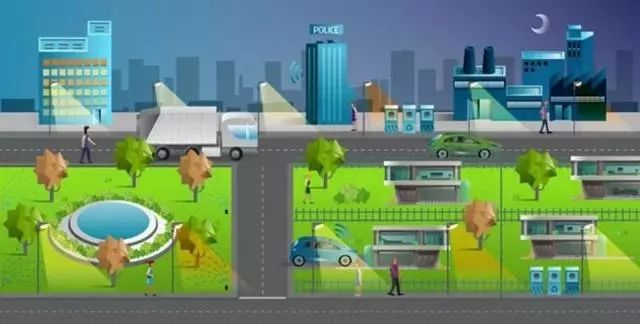You can know every new products be published here, and witness our growth and innovation.
Date:08-17-2021
The construction plan for smart cities and the Internet of Things has pushed sensors to the forefront. Whether in China or the whole world, building smart communities has become an irreversible trend. In this general environment, sensors as the “bridge” of smart cities will inevitably usher in an industrial explosion.
Wisdom city
Smart city is a platform for the centralized application of the Internet of Things, and also a model for the comprehensive application of the Internet of Things technology. It is a larger demonstration project composed of N Internet of Things functional units, bearing and containing almost all related technologies of the Internet of Things, cloud computing and other technologies. It is a component and basic unit of the perception of China.
Smart cities can be combined horizontally and vertically according to the size of cities and different needs to form a smart city system with system size, functional emphasis and prominent focus.
Smart city cannot be achieved overnight. Any kind of smart city is an open system that can continuously add functions and gradually improve and upgrade the process.
“Smart cities” need to have four characteristics: thorough perception, broadband connectivity, intelligent integration and application, and people-oriented sustainable innovation.
The first is comprehensive and thorough perception: through sensing technology, all aspects of urban management monitoring and comprehensive sense
To know.Real-time intelligent recognition, three-dimensional perception of urban environment, state, location and other information changes.
Of course, it is also the inevitable result of the development of sensor applications!
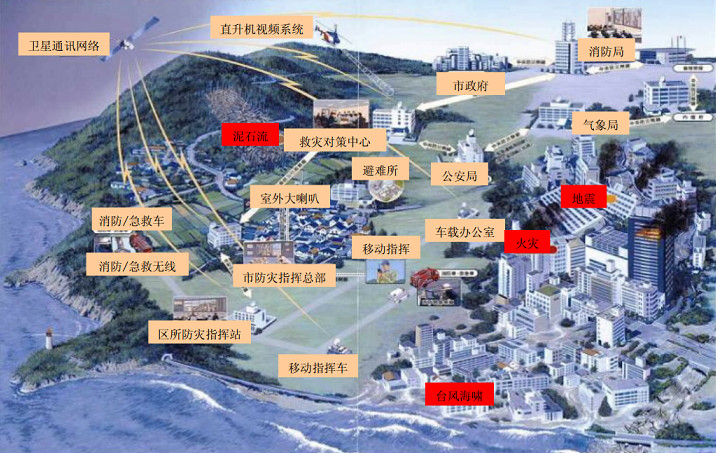
Application of sensors in smart city construction
The basic requirement of a smart city is that everything in the city is connected. Every object that needs to be identified and managed needs to be equipped with corresponding sensors.Therefore, the upgrade of sensors becomes the key to the rapid development of smart cities.
1. Intelligent parking improves traffic efficiency
Traffic congestion is the number one problem facing modern cities, and as cars constantly search for parking on city streets, they increase carbon dioxide and other exhaust emissions that affect urban air quality.
Smart parking technology promises to change that.The technology uses GPS data from smartphones and sensors embedded in the ground of parking Spaces to provide real-time parking maps and information about parking Spaces to nearby owners, making parking more efficient and environmentally friendly.
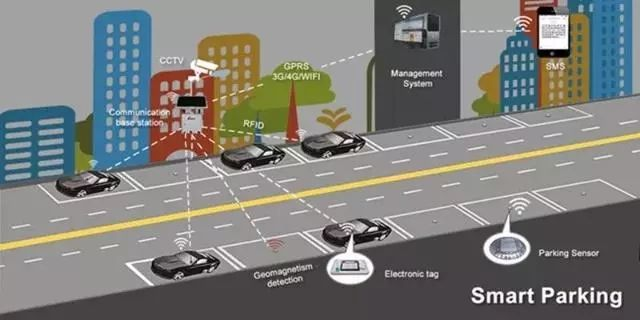
Los Angeles has rolled out smart parking technology and installed wireless sensors in more than 6,300 parking lots across the city.Through mobile apps, websites and by dialing 511, drivers can get real-time information about nearby available parking Spaces and charge rates that change in real time based on demand.The city has also installed more than a dozen electronic message signs to help drivers better find parking Spaces.
Smart street lamps make the city safer
Street light is an important infrastructure of a city.Through the Internet of Things technology, street lamps can become an important part of smart cities.Street lamp sensors can collect and analyze real-time information of city streets, provide real-time data of city operation for managers, and make city management more safe and efficient.
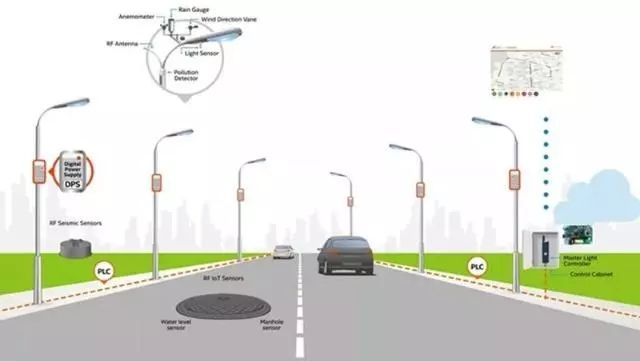
Smart street lights can improve the safety of city streets and save the government a lot of money on electricity.Replace old street lights with energy-efficient LED bulbs that, through a wireless connection, activate their motion sensors to illuminate passers-by as they approach and automatically turn off when they leave.And send a sensor alert to managers when a light bulb needs to be replaced.
In Los Angeles, for example, more than 80% of the streets are equipped with LED bulbs and 4G LTE wireless connection bulbs.These smart street lights could save 63% on annual energy bills and improve residential services through connected poles.
Chicago has installed more than 76,000 smart LED street lights in the violence-prone south and West parts of the city, cutting the cost of street lights in half within a year.The administration estimates that smart street lights will save about $100 million over 10 years.
3. Intelligent transportation improves traffic safety
It includes everything from self-driving cars to intelligent traffic signals.Through sensor analysis and communication between systems, it aims to “ease congestion, improve traffic management, minimize environmental impacts, and benefit both commercial users and public transportation.
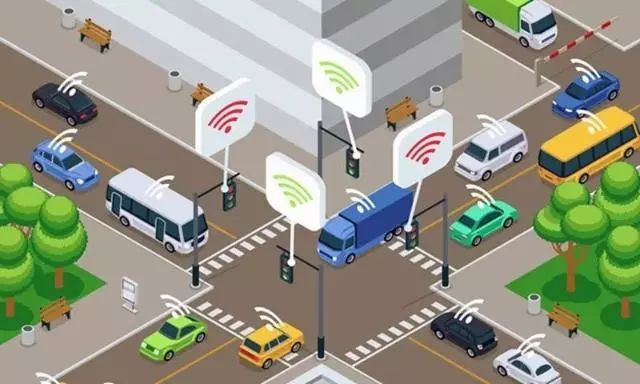
Columbus, Ohio, is a model of smart city and intelligent transportation construction.Two years ago, Columbus won $40 million in the U.S. Smart City Challenge.The city is not only focusing on self-driving cars, but also supports a multi-mode trip planning APP to help residents use different travel options in and around the city.
In addition, many cities around the world are using sensors to connect traffic lights and surveillance cameras to improve pedestrian safety.For example, Boston has partnered with Verizon to launch the Smart Streets program at the Intersection of Massachusetts Avenue and Beacon Street to test data collection technology, which collects and analyzes traffic data through cameras, LED streetlights, and sensors to adjust road design and signal timing to improve pedestrian safety.
4. Smart energy changes the urban environment
According to the Smart Energy Consumer Collaborative, a nonprofit group, enhancing a modern power grid with a Smart grid “is an indispensable first step to Smart cities.”The use of renewable energy, such as rooftop solar, contributes to “sustainable change” that improves the environment and protects public health.
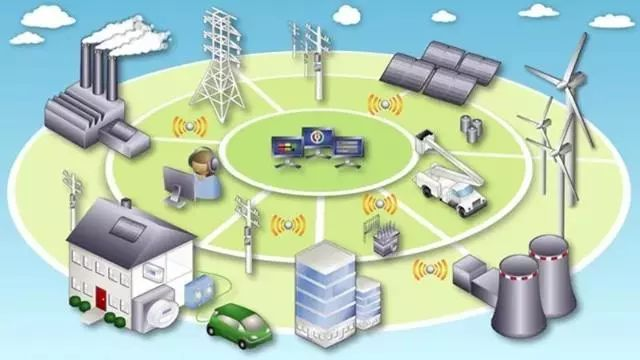
Smart grids also “allow for better integration of new technologies such as electric vehicles, which in turn creates a range of possibilities for urban areas.”In the future, cities will have zero-emission transportation, and in emergency situations, electric cars that act as electric energy storage devices can provide emergency electricity for cities.
Smart grids also allow residents to access their energy data and enable utilities to offer new pricing plans that improve energy efficiency.
5. Intelligent management of residents’ medical care
Through the Internet of Things, smart cities make it possible to connect everything. People, buildings, transportation, and the environment will all be integrated into the entire data network, thus improving urban services.At the same time, this connectivity in turn can help improve the health of residents.
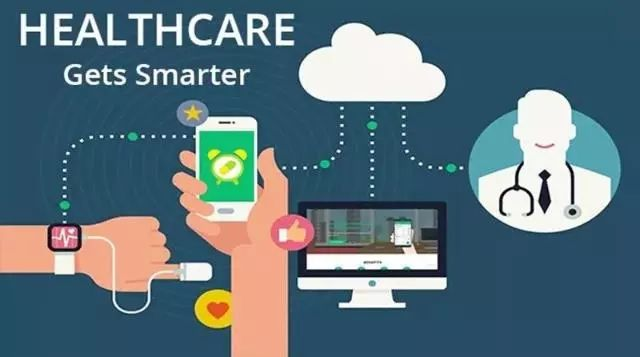
6. Smart buildings promote environmental protection
Buildings account for about 30 percent of global greenhouse gas emissions and 70 percent of energy consumption in major cities, according to Navigant Research.
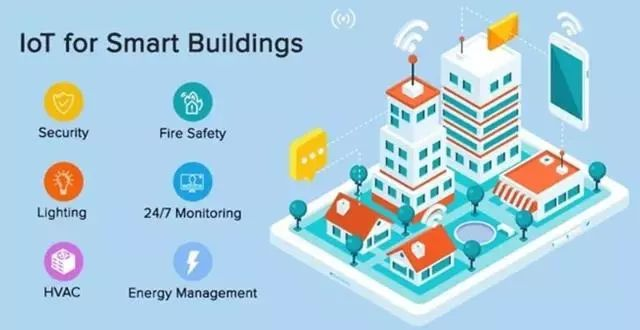
7.Smart cities need smart environments
As smart “green” buildings increase in cities, cities need to consider how new technologies can be used to improve the environment more broadly.
